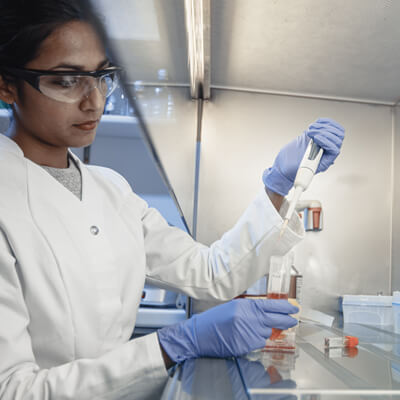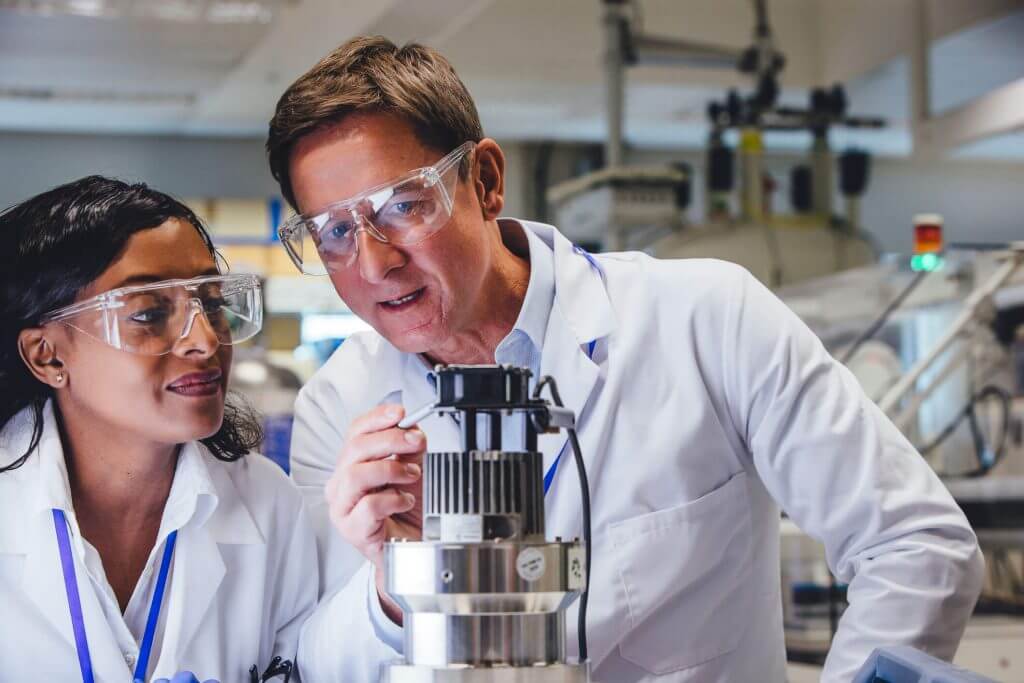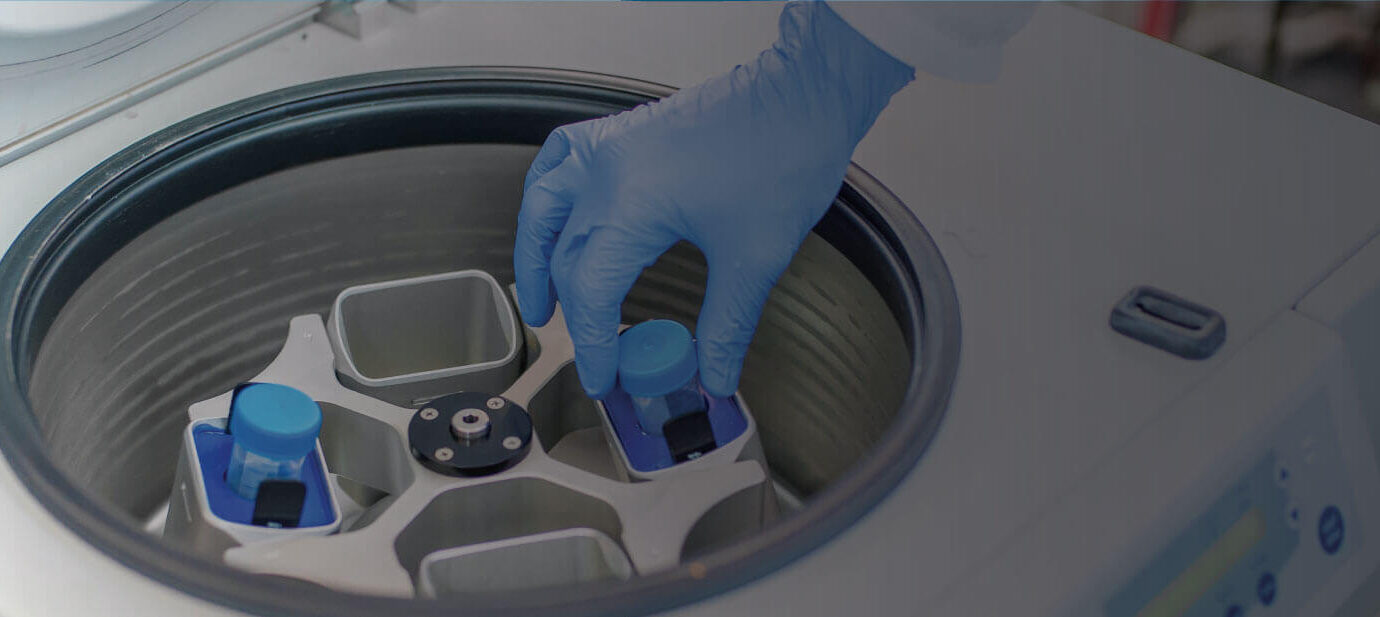Drug-Drug Interaction
One of the concerns of developing new pharmaceutical candidates is how the compound will interact with co-administered medications. These drug-drug interactions result in different pharmacokinetic profiles and may lead to an adverse event or loss of efficacy for either the candidate or the marketed medicine. BioAgilytix offers a range of services to evaluate the potential for drug-drug interactions, including cytochrome P450 (CYP450) induction studies, CYP/UGT inhibition studies, and CYP/UGT reaction phenotyping. In vitro drug-drug interaction studies are performed in accordance with FDA Guidance on Drug-Drug Interaction Studies.

Cytochrome P450 (CYP450) Induction Studies
CYP induction assays assess whether the test article can increase the production of metabolizing enzymes or transporters involved in the distribution and clearance of all administered medicines. Plateable cryopreserved hepatocytes from one or more donors are used to assess potential induction. The receptors tested include AhR, CAR, and PXR, with the endpoints being relative mRNA levels and enzyme activity. In accordance with guidance, CYP1A2, CYP2B6, and CYP3A4 are the tested markers; and CYP2C8, CYP2C9, and CYP2C19 can also be assessed if significant induction of CYP3A4 is noted.

CYP/UGT Inhibition Studies
Inhibition studies are used to investigate potential drug-drug interactions and determine the ability of the test article to inhibit the clearance of other compounds. CYP450 inhibition studies are conducted with human liver microsomes, FDA-accepted probe substrates, and control inhibitors. Both IC50 and Ki values can be determined, and the pre-incubation of the test article with microsomes and NADPH is used to assess time-dependent inhibition. Alternatively, we can use recombinant CYP450 enzymes with fluorogenic probe substrates in screening assays. For UGT inhibition studies, recombinant UGT enzymes are used to assess the IC50 values of a test article with respect to the most common isoforms: 1A1, 1A3, 1A4, 1A6, 1A9, 2B7, and 2B15. Other isoforms can be included upon request.

CYP/UGT Reaction Phenotyping (Enzyme Mapping)
CYP/UGT reaction phenotyping, or enzyme mapping, determines the CYP or UGT enzymes that are involved in the metabolism of a compound, to predict which enzymes may be critically important for the proper clearance of the test article. Three FDA-approved methods may be used, including correlation analysis, isoform-specific chemical inhibition, and/or CYP/UGT recombinant enzymes. The correlation analysis involves a bank of liver microsomes from at least 10 donors. We conduct a pilot study to determine the appropriate reaction conditions for each project. Recombinant UGT enzymes can be used to determine which isoforms are capable of metabolizing the test article.

Equipment And Software For In Vitro Drug-Drug Interaction Studies
BioAgilytix is one of the largest bioanalytical LC/MS laboratories on the West Coast of the United States. The instrumentation at our facilities is state-of-the-art and constantly upgrades equipment to remain at the forefront of the industry.

Featured Case Study
Selective Extraction In Method Development
Learn how employing selective extraction in method development enabled the accurate determination of in vivo drug concentration in plasma samples collected during our client’s Phase 1 trial.